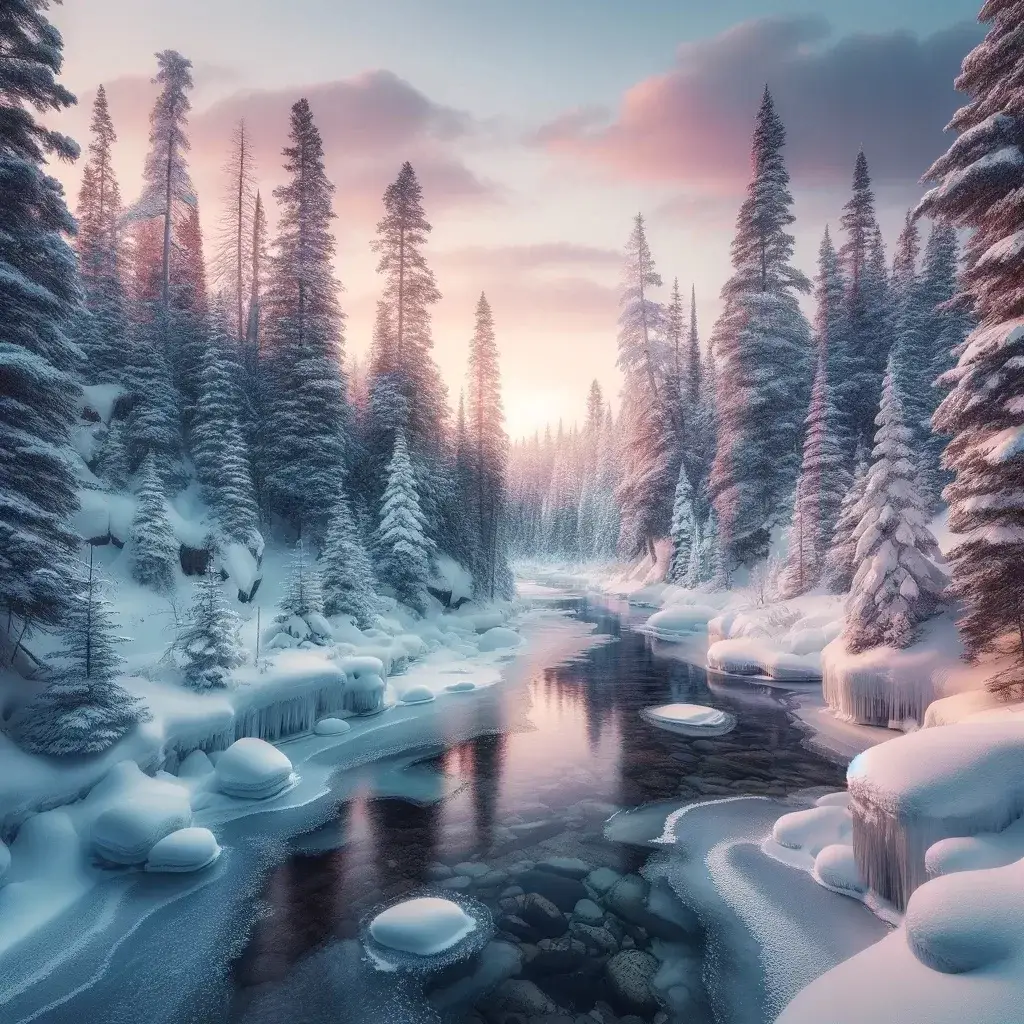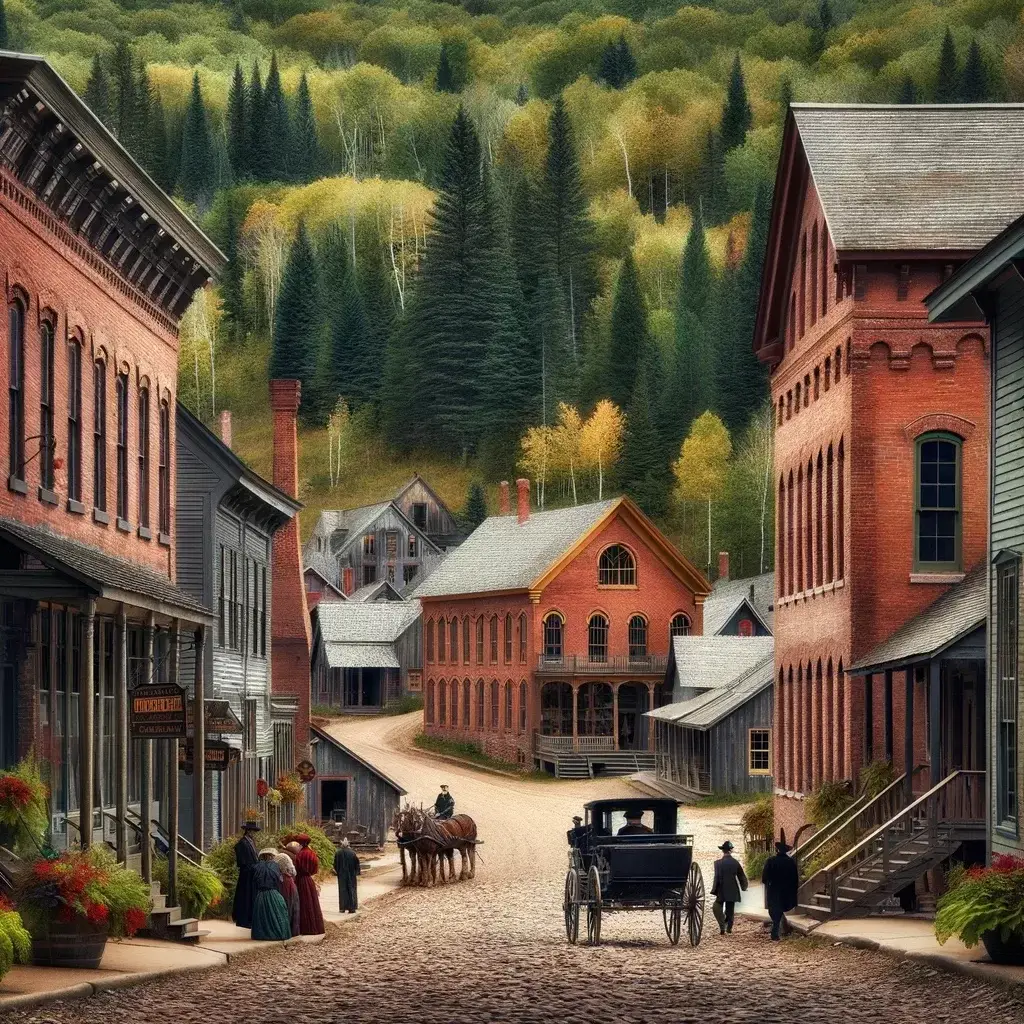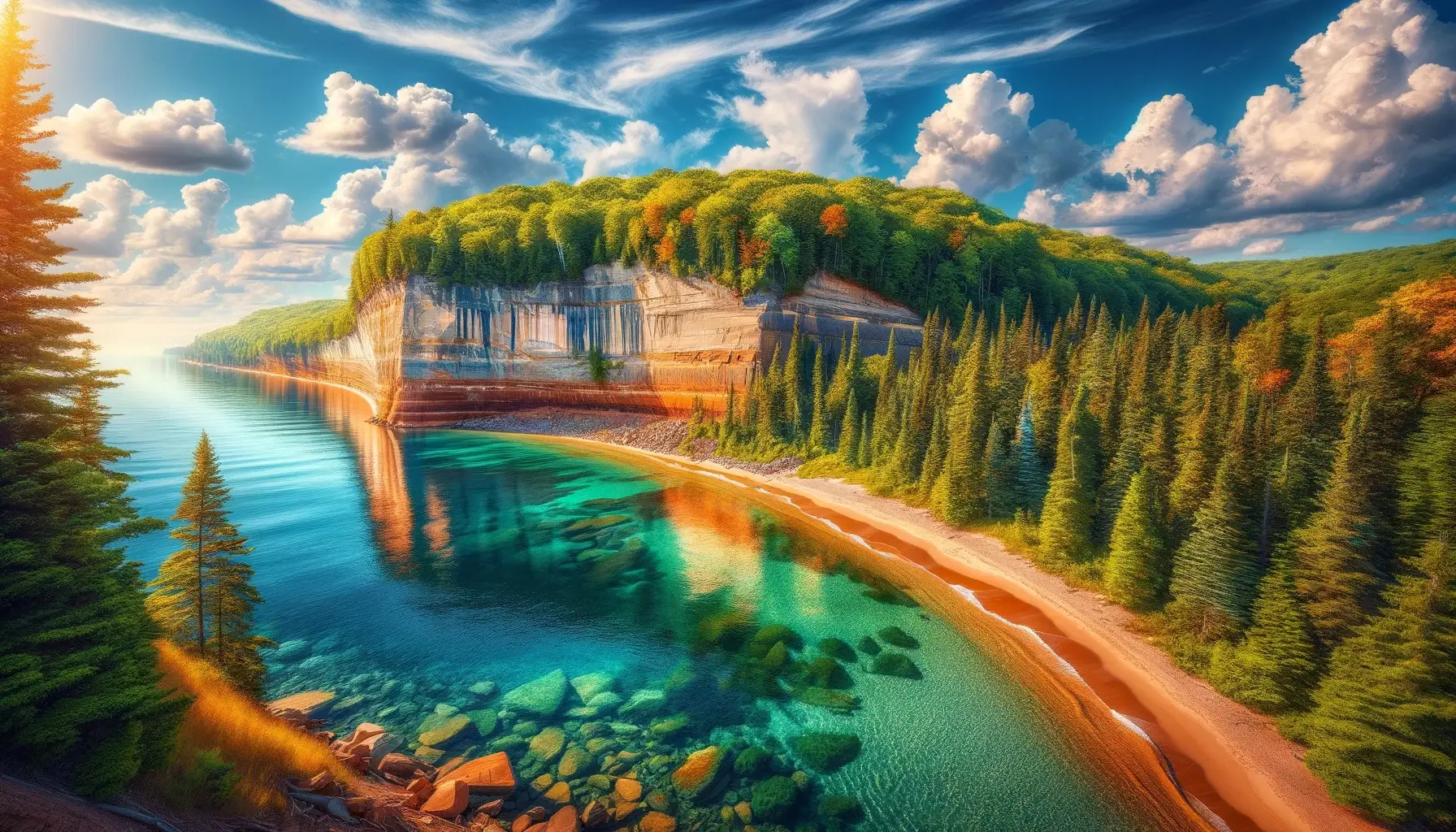The Upper Peninsula of Michigan, commonly referred to as the U.P., offers a unique blend of natural beauty, rich history, diverse industries, and a thriving tourism sector. This article delves into the fascinating aspects of the U.P., including its historical significance, industrial contributions, population dynamics relative to other states, distinctive weather patterns, and tourism statistics, providing a comprehensive overview for enthusiasts and potential visitors.
Historical Overview
The Upper Peninsula’s history is as rich and varied as its landscapes. Originally inhabited by Native American tribes such as the Ojibwe, Ottawa, and Potawatomi, the U.P. played a significant role in the early fur trade during the 17th century. The discovery of copper and iron ore in the 1840s led to a mining boom, drawing a wave of immigrants and leading to the establishment of numerous mining towns. This era marked the U.P. as a critical player in America’s industrial revolution, contributing significantly to the nation’s growth.
Industrial Landscape
The Upper Peninsula has a diverse economic base, with industries ranging from mining to forestry, manufacturing, and tourism. Although the mining industry has declined from its peak, it remains an essential part of the region’s economy, alongside timber and paper production. In recent years, there has been a significant shift towards service industries, healthcare, and education, reflecting broader economic trends.
Population Dynamics
With a population density significantly lower than the national average, the U.P. offers a stark contrast to the bustling urban centers found in other states. This low density contributes to the region’s appeal, offering a sense of space and solitude that is increasingly rare. The U.P.’s population dynamics are characterized by small communities and a close-knit culture, with a strong sense of local identity and heritage.
Weather Patterns
The Upper Peninsula is known for its distinctive weather patterns, heavily influenced by its proximity to the Great Lakes. Winters are long and snowy, making the U.P. a paradise for winter sports enthusiasts. The region is famous for its heavy snowfall, which attracts skiers, snowboarders, and snowmobilers from across the country. Summers are mild and pleasant, ideal for exploring the U.P.’s vast natural landscapes.
Thriving Tourism Sector
Tourism is a vital part of the Upper Peninsula’s economy, with millions of visitors drawn to its natural beauty each year. Key attractions include the Pictured Rocks National Lakeshore, Porcupine Mountains Wilderness State Park, and the historic Mackinac Island. The U.P. offers a wide range of outdoor activities, from hiking and fishing to snow sports, making it a year-round destination for adventure seekers.
Conclusion
The Upper Peninsula of Michigan is a region of unparalleled natural beauty, rich historical significance, and diverse economic activities. Its low population density, distinctive weather patterns, and thriving tourism sector make it a unique destination within the United States. Whether you’re drawn to explore its historical sites, engage in outdoor adventures, or simply enjoy the tranquility of its vast wilderness, the U.P. offers something for everyone.
By delving into the rich tapestry of the Upper Peninsula’s history, industries, population, weather, and tourism, this article aims to provide a thorough understanding of what makes the U.P. a unique and fascinating part of Michigan and the United States as a whole.


